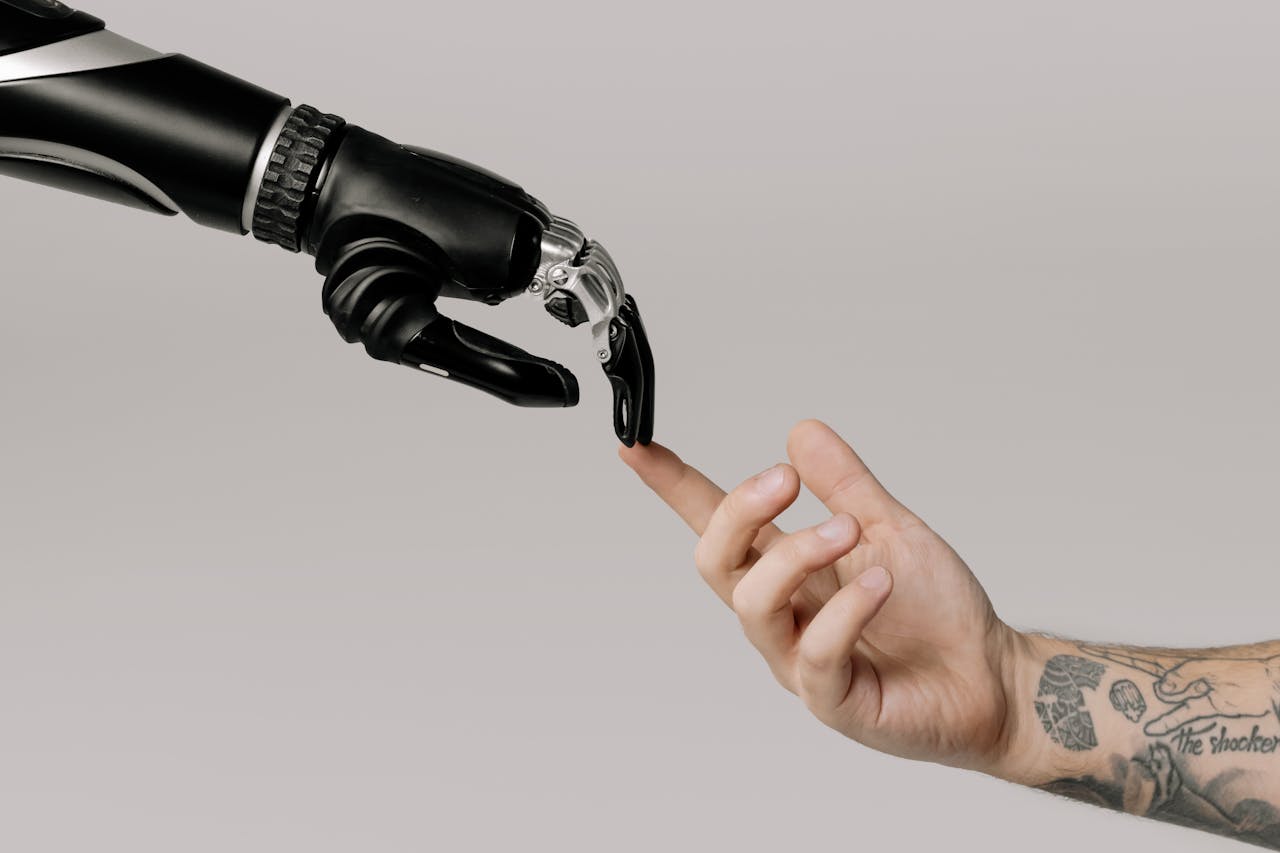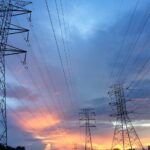Project overruns are so common that a 2024 McKinsey update called schedule slippage “the new normal,” with approximately 70% of large jobs finishing late worldwide. The update argued that narrowing this gap depends on data-driven interventions, especially artificial intelligence, because traditional critical path methods can’t keep pace with today’s multitrade, multisupplier complexity.
Surety Bond Professionals is a family-owned and operated bonding agency with over 75 years of experience. With access to a broad range of surety markets, our expert agents are ready to assist with all of your construction bond needs.
Predict Delays Before They Happen
AI excels at pattern recognition. By feeding historical schedules, weather logs, change order records, and procurement data into machine-learning models, contractors can generate “early warning scores” for every activity.
Using an AI-powered delay forecasting engine to flag tasks whose pace is slipping enables crews to receive dashboards to see which zones need attention days, not weeks, before float is exhausted.
Re-sequence the Plan in Hours, Not Weeks
Once a risk is flagged, teams still need a feasible recovery plan to address it. GenerativeAI platforms can run thousands of schedule simulations in the time it takes to brew a pot of coffee, testing alternative crew sizes, crane locations, and workpackage sequences. Users report trimming overall durations by 10-17% and quantifying the cost of “what-if” choices before they hit the field—valuable intelligence for getting a project back on track.
Verify Reality with Computer Vision
A second AI layer compares planned progress to what cameras see on site. Such systems combine 360° images with BIM models to calculate “percent complete” automatically. When the software notices, say, that drywall installation on Level 7 is two days behind framing, the supervisor can adjust the lookahead schedule immediately rather than discovering the issue at the next pullplan meeting. Case studies cite delay reductions of up to 30%.
Adoption Hurdles and ROI
Despite promising metrics, AI is no silver bullet. Poor data hygiene, siloed systems, and cultural resistance can blunt its impact. Leaders who succeed typically start small with one pilot job, invest in clean data pipelines, pair superintendents with data scientists, and track tangible KPIs such as earned value variance and rework hours saved. Small successes add up to confidence that these solutions will scale industrywide. If you’re looking for more ways to trim project delays and reduce jobsite fatigue to maximize ROI, explore our blog on how the cost crisis is driving an electric tool revolution in construction.
Why AI-Enabled Jobs Still Need Traditional Bonds
Even as predictive analytics and automation reshape construction schedules, core contract risks are still the same as ever which is why bonding is so important. Most large projects, especially those with public funding or complex multi-trade scopes, require:
- Bid Bonds – to ensure that only qualified contractors submit proposals and commit to honoring their bids.
- Performance Bonds – to guarantee that the contractor will complete the work as promised, even if delays or disruptions occur.
- Payment Bonds – to protect subcontractors, laborers, and material suppliers from nonpayment.
Bottom Line
Yes, AI can and already does reduce construction project delays. Predictive analytics spot trouble sooner, generative schedulers map faster recovery paths, and computer vision closes the feedback loop in near real time. Early adopters aren’t eliminating every overrun, but they are reducing weeks of lost time to days and proving that staying on schedule is no longer a matter of luck but the result of leveraging data the industry already collects.
Call Us Today
Our surety bond professionals will help you grow your revenue by maximizing your surety capacity. Call us today!





